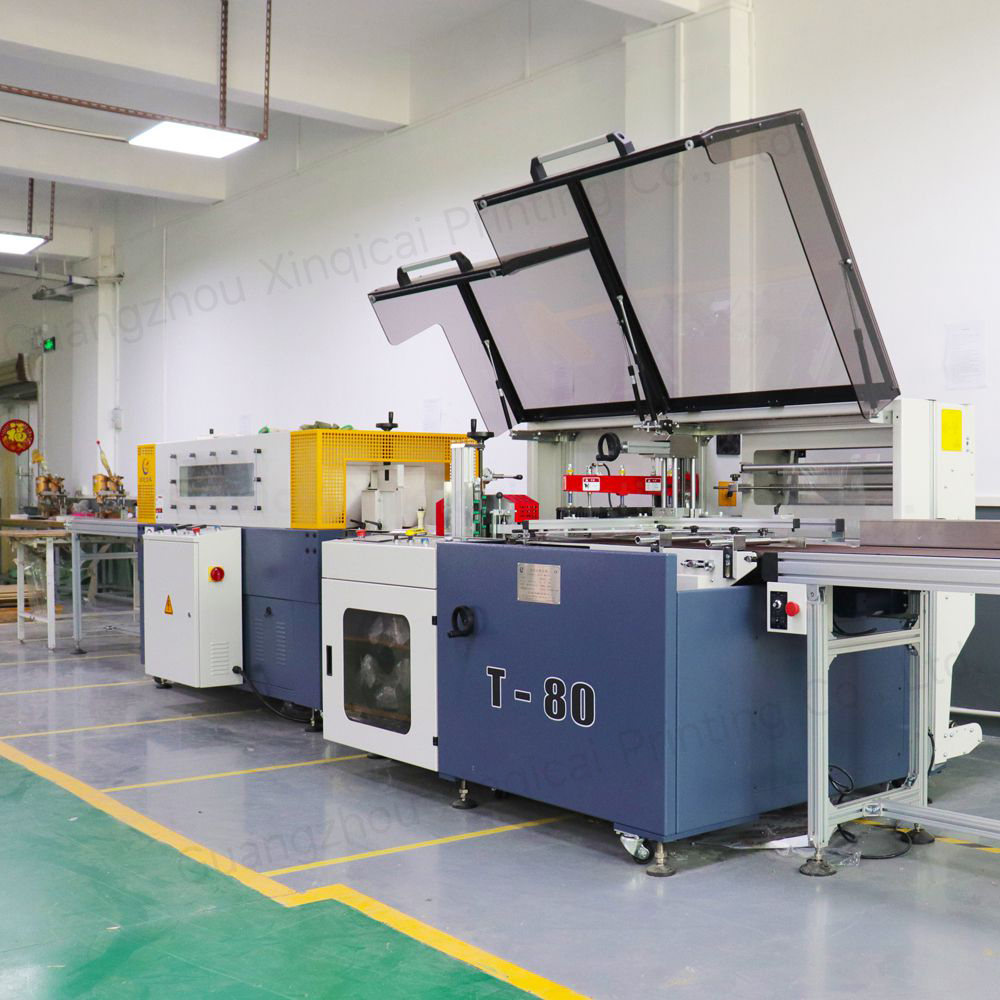When a device's electrical system fails, do not rush to disassemble it. First, you must understand the cause, process, scope, and phenomenon of the failure of the electrical equipment, be familiar with the basic working principles of the equipment and electrical system, analyze each specific circuit, clarify the mutual connection between the various levels in the principle and the ins and outs of the signal in the circuit, and analyze it carefully. You should be good at seeing the essence through the phenomenon and grasping the main contradiction of things. Combined with your actual experience, after careful consideration, determine a scientific and practical maintenance plan. Among them, the quickest and most effective maintenance skills are "six firsts and lasts".

(1) First mechanical, then circuit. Electrical equipment is based on the electrical-mechanical principle, especially advanced equipment with integrated electromechanical instruments. Mechanical and electrical functions are organically coordinated and are two aspects of a whole. Often, mechanical parts fail, affecting the electrical system, and the functions of many electrical parts will not work. Therefore, do not be confused by superficial phenomena, but should see the essence through the phenomenon. Electrical system failures are not all electrical problems themselves, but may be caused by mechanical parts failures. Therefore, first repair the mechanical system failures, and then eliminate the electrical part failures, which often achieves twice the result with half the effort.
(2) Simple first, then complex. This technique has two meanings: First, when troubleshooting a fault, the simplest and easiest method that the maintenance personnel are most proficient in should be used first, and then the complex, precise, or unfamiliar method should be used. Second, when troubleshooting a fault, the most intuitive, obvious, simple and common faults should be eliminated first, and then the more difficult and unhandled faults should be eliminated. In short: easy first, then difficult.
(3) External debugging first, then internal processing. External refers to the various switches, buttons, sockets and indicator lights exposed outside the housing or seal of the electrical equipment; internal refers to the printed circuit boards, components and various connecting wires inside the housing or seal of the electrical equipment. External debugging first, then internal processing, means using the switches, buttons, knobs, sockets and other debugging and inspection on the electrical equipment panel without disassembling the electrical equipment to narrow the scope of the fault. First eliminate the fault caused by the external components of the electrical equipment, and then repair the fault inside the equipment, and try to avoid unnecessary disassembly.
(4) Static side test first, then dynamic side test. "Static" refers to the maintenance of electrical equipment without power after a fault occurs; "dynamic" refers to the maintenance of electrical equipment after power is turned on. Most electrical equipment cannot be powered on immediately when it is repaired after a fault occurs. If it is powered on, the fault range may be artificially expanded, more components may be damaged, and unnecessary losses may be caused. Therefore, before the faulty electrical equipment is powered on, the resistance should be measured and necessary preventive measures should be taken before it can be powered on for maintenance.
(5) Public circuits first, then dedicated circuits. If the public circuit of any electrical equipment fails, its energy and information cannot be transmitted, and the functions and performance allocated to each specific circuit and dedicated circuit will not work. If the power supply part of an electrical equipment fails, the entire system cannot operate normally. The energy and information transmitted to various dedicated circuits cannot be realized. Therefore, only by following the order of public circuits first and dedicated circuits later can the fault of electrical equipment be quickly and accurately eliminated.
(6) Repair common problems first, then difficult and complicated problems. Electrical equipment is often prone to the same type of faults, which is a common problem. Because of "common problems", it is relatively common. With a large number of troubleshooting methods and accumulated experience, troubleshooting can be done quickly. This allows focus to be placed on rare, difficult, and unusual problems. Simplifying procedures, narrowing the scope, and focusing on specific areas of focus increases maintenance speed.
Things are constantly changing and varying. The same electrical equipment fault may present different symptoms, and the same symptoms may indicate different faults. The situation is even more complex when multiple faults occur simultaneously. The sixth maintenance skill is prioritizing and focusing on specific issues. The order of repairs is not rigid. After repairing any faulty electrical equipment, one should not assume that everything is over. Dedicated electricians should record the fault symptoms, causes, repair process, techniques, and insights in a dedicated notebook. They should also learn and master the electromechanical theory of various new electrical equipment, become familiar with their operating principles, and translate their own experience, techniques, and insights into theory. Guided by theory, they can analyze specific faults accurately, quickly, and avoid detours, improving troubleshooting efficiency. Only in this way can you become an expert in electrical equipment maintenance. This is also the key to electrical equipment maintenance: "Summarize experience and improve efficiency."

